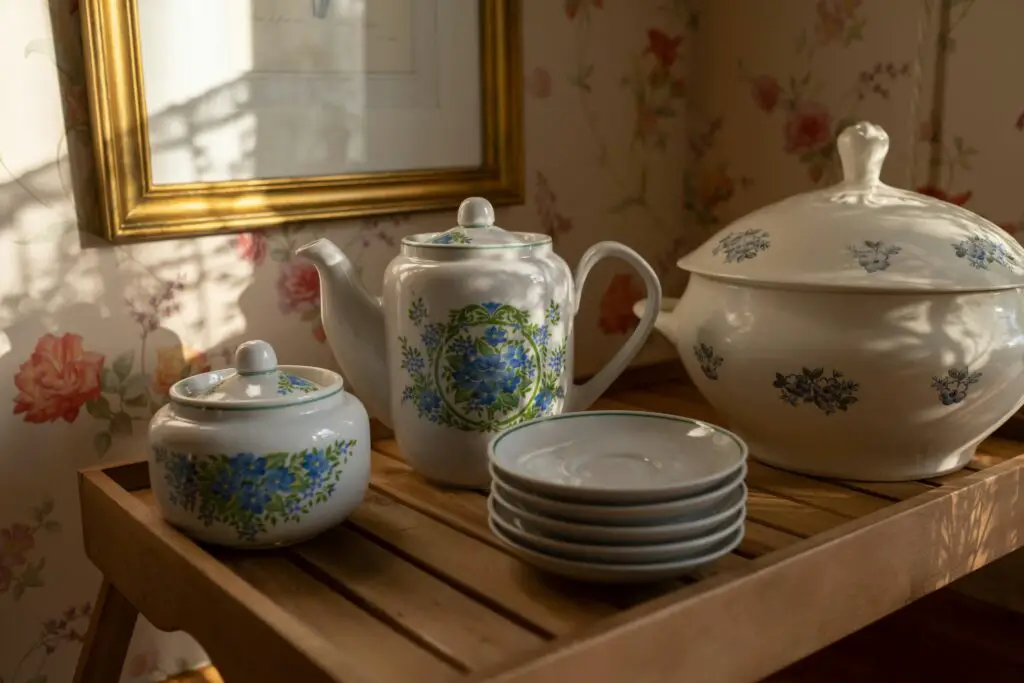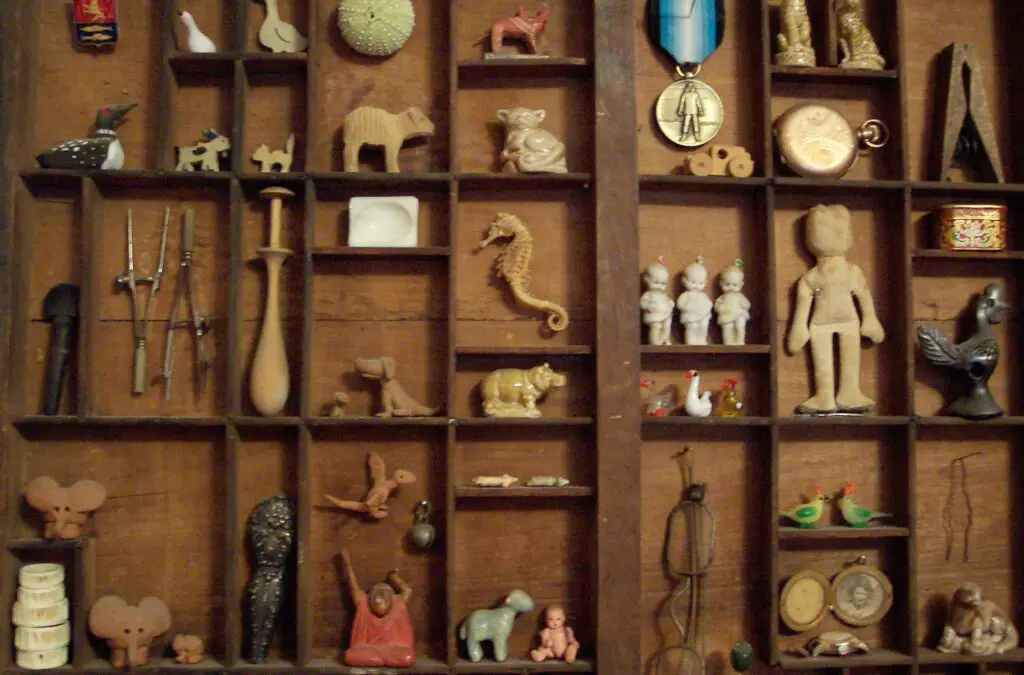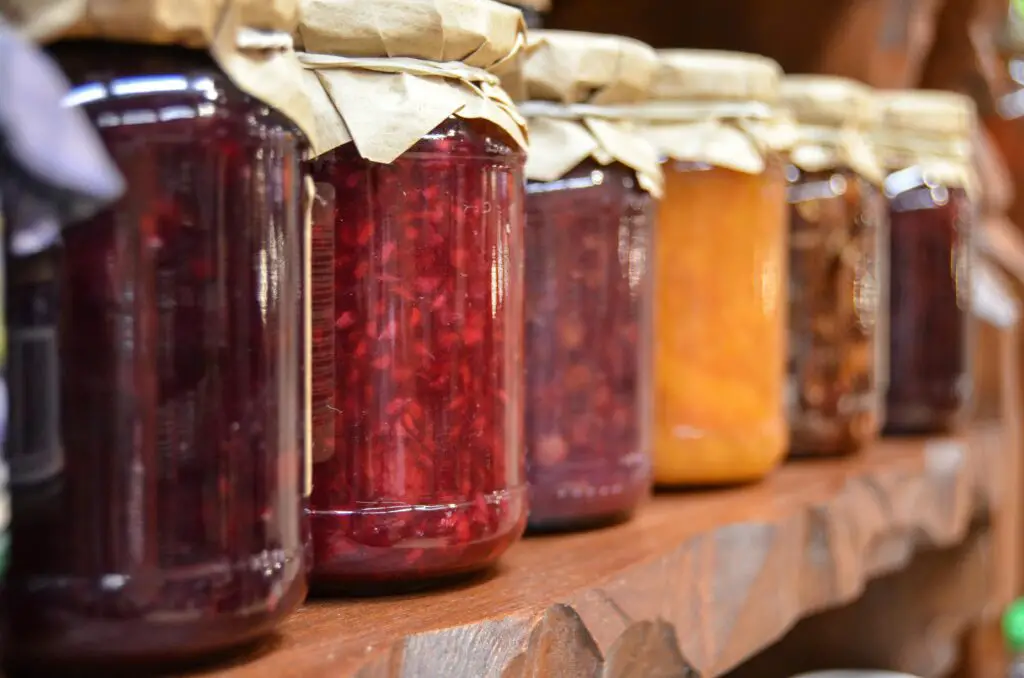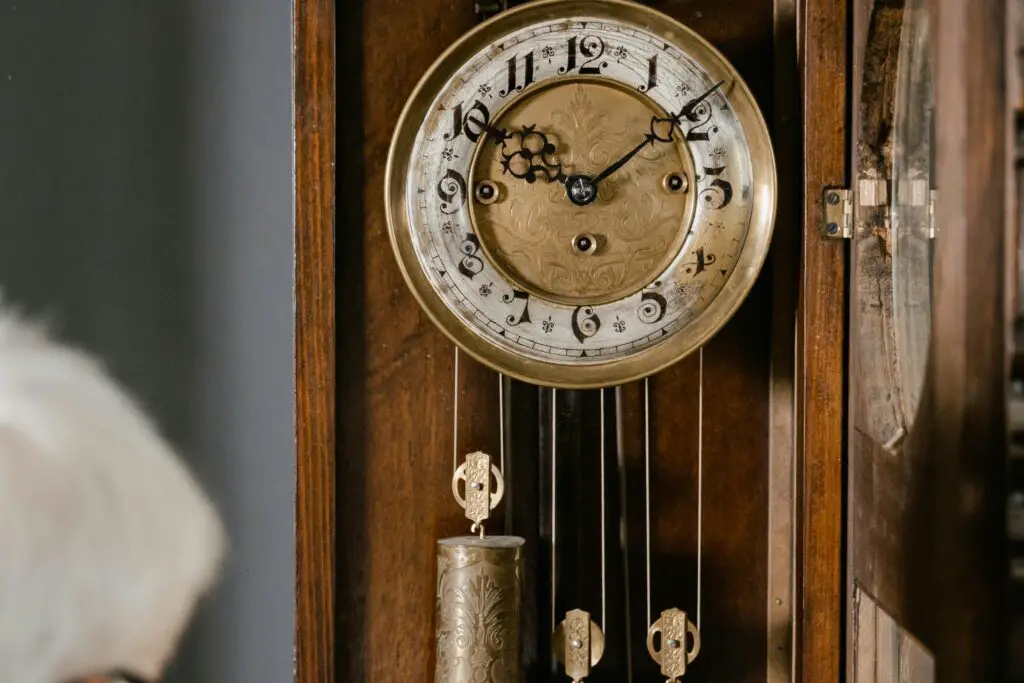1. The Fine China

Grandma’s china cabinet was the most sacred place in her house. The delicate plates, cups, and saucers, all displayed like fine art, were strictly off-limits to any curious hands. You could admire them from afar, but touching them? Absolutely not. These pieces were handed down through generations, and each one had a story—stories Grandma would retell every time you got too close says Southern Living.
It wasn’t just about keeping them safe; it was about respect for family history. These dishes were often saved for special occasions—holidays, anniversaries, and big family dinners. If you even looked at them too long, Grandma would make sure to remind you how precious they were. For all the love in the world, nothing could persuade her to let you touch the china adds BuzzFeed.
2. The Glass Fruit Bowl

If you ever walked into Grandma’s living room, the first thing you’d notice was the large, decorative glass fruit bowl sitting proudly on the coffee table. It was packed with vibrant fake fruit that was there for decoration only. You could never touch the fruit—she made sure of that. Despite how realistic they looked, you couldn’t fool Grandma, who’d warn you that the fruit might break if you even thought about picking one up says House Beautiful.
It wasn’t just about the risk of shattering the fruit, though; it was a part of Grandma’s meticulous home decor. The glass bowl was a symbol of elegance and tradition. For Grandma, it was as much about keeping the house looking just so as it was about passing down her sense of style to the next generation. If you dared to touch it, you’d get an earful about its importance shares Yahoo.
3. The Knick-Knacks

Grandma’s house was full of knick-knacks—figurines, tiny porcelain animals, and crystal treasures scattered all over shelves and mantels. She spent years collecting them, each piece special in its own right. Whether it was a small porcelain cat or a vintage glass butterfly, these items were more than just decoration; they were Grandma’s treasures. And, of course, they were forbidden for little hands to touch.
It wasn’t just about the fragility of the items, though. Each knick-knack told a story, often tied to a memory or a gift from someone important. Grandma would tell you about the time she got this trinket on a trip or how that one was passed down from her own mother. To her, touching the knick-knacks was akin to touching memories, and she wasn’t having it.
4. The Rocking Chair

Grandma’s rocking chair was more than just a piece of furniture—it was a family heirloom. She’d rock in it for hours, knitting or reading, always in her favorite spot by the window. The chair was worn in just the right way, shaped by years of use, and Grandma wouldn’t let anyone sit in it. You could sit anywhere else in the room, but that rocking chair was reserved for her.
Even as a grandchild, you’d be forbidden from sitting in it, despite how cozy and inviting it seemed. It wasn’t about keeping you from comfort—it was about respecting the legacy of the chair. That chair had stories woven into its very fabric, and to Grandma, letting someone else sit in it felt like giving away a piece of herself.
5. The Fridge Full of Jams

Grandma’s homemade jams were the stuff of legends. She made them herself, with fresh fruits from her garden or from the local farmer’s market. The fridge was stocked with jars of strawberry, peach, and grape jam, each sealed tight and placed with care. You could admire them, but under no circumstances were you allowed to open one without her permission.
There was a certain ritual to enjoying Grandma’s jams. She had a special way of pairing them with her homemade biscuits or freshly baked bread. The jars were more than just food—they were a part of her love and hospitality. Opening one without asking was unthinkable, not only because it was a waste, but because those jams were precious to her.
6. The Old Wooden Table

That old wooden table in the dining room was as sturdy as anything, but you didn’t dare rest your elbows on it. It wasn’t just any table—it was the table where the family gathered for meals, celebrated birthdays, and even worked on school projects. Grandma had spent years keeping the table’s surface pristine, carefully waxing and polishing it so it gleamed under the light. The idea of smudging it with fingerprints was enough to make Grandma gasp.
You could eat at the table, of course, but always with care. It was as though the table itself had become a living memory of all the family moments it had witnessed. To Grandma, any mark or scratch would be a sign of disrespect, so she kept a careful eye on it whenever anyone came near. It wasn’t about the value—it was about honoring a tradition that she had cherished for so long.
7. The Bedroom Curtains

Grandma’s bedroom curtains were not your average window coverings. They were made from the finest, thickest fabric, with intricate patterns that matched the rest of her bedroom decor perfectly. Touching them was an absolute no-go, and anyone who forgot and dared to adjust them would quickly be reminded of the rule. The curtains weren’t just functional; they were a statement of her sense of style and care for her home.
Beyond the visual appeal, Grandma was particular about how much light came into the room, and the curtains helped create the perfect ambiance. She knew exactly when and how to draw them, depending on the time of day. So, touching them wasn’t just about breaking an unspoken rule—it was about disrupting the balance of her space. Grandma’s bedroom, like everything else, had its own special order.
8. The Antique Clock

The antique clock in the hallway was a family heirloom passed down from Grandma’s grandparents. It was more than just a timepiece; it was a symbol of the family’s legacy and history. The soft ticking of the clock filled the house with an air of calm, and Grandma would often tell stories about the generations who had cherished it before her. For her, the clock was sacred—something that no one should touch, let alone wind.
Even as a child, you couldn’t help but be fascinated by its intricate design. The idea of getting close to it, much less adjusting the time, was unimaginable. Grandma would often remind you that the clock had to be handled with care, and no one else could ever wind it but her. It wasn’t about the clock’s value—it was about respecting the continuity of family traditions.
9. The Sewing Basket

Grandma’s sewing basket was another one of those treasures that seemed to hold a world of secrets. Inside, you’d find everything from buttons to colorful threads and needles—each item meticulously organized. She’d spend hours sewing, mending, or creating something new, all while offering bits of wisdom along the way. The sewing basket, though, was strictly off-limits to curious hands.
Even though the basket seemed harmless enough, it was a tool for creativity and preservation. Grandma would remind you that the materials inside were carefully selected for her projects. You didn’t just “borrow” a needle or thread without asking. Every item in that basket had its purpose, and Grandma didn’t like to let anyone disturb that purpose.
10. The Old Photo Albums

Grandma’s photo albums were like windows into the past, each page holding memories of family events, old vacations, and moments frozen in time. She loved showing you the pictures, but she was protective of those albums. You could look through them, but you had to do so with the utmost care. The idea of flipping through the pages too roughly was a sure way to hear Grandma’s gentle but firm reminder to handle them like treasures.
For Grandma, the albums were more than just a collection of photos—they were a way to keep the past alive. Every photo had a story, and she would tell you about each one, from the family wedding to the old house where she grew up. She loved to share these moments, but the albums themselves were a sacred part of her memory.
